calsfoundation@cals.org
Cairo and Fulton Railroad
Today’s Union Pacific Railroad line from the Missouri state line through Little Rock (Pulaski County) to Texarkana (Miller County) was constructed by the Cairo and Fulton Railroad. Over a period of more than 100 years, the Cairo and Fulton merged first into the St. Louis, Iron Mountain and Southern (StLIM&S), then into the Missouri Pacific, and finally into today’s Union Pacific. As the first railroad to connect Arkansas to Missouri and the eastern United States, the Cairo and Fulton opened up the state for development.
The Cairo and Fulton Railroad was chartered by the Arkansas General Assembly on January 12, 1853, to build a railroad line from the Arkansas-Missouri state line across Arkansas to Texas, including one or more branches “to the western boundary line of the state.” The State of Missouri, on January 12, 1854, chartered a railroad to build a line from Birds Point, Missouri, on the west bank of the Mississippi River opposite Cairo, Illinois, to the Missouri-Arkansas state line. Construction was delayed until 1871 by the Civil War and financial difficulties. The Missouri section of the Cairo and Fulton was reorganized in 1872 as the Cairo, Arkansas and Texas Railroad (CA&T). The Cairo and Fulton (of Arkansas) constructed seventy miles of track from the Missouri state line to just north of Newport (Jackson County).
The Iron Mountain Road was chartered in Missouri by the legislature on March 3, 1851. It reorganized as the St. Louis and Iron Mountain in 1867. Tracks from St. Louis reached the Missouri-Arkansas state line and the Cairo and Fulton track on November 4, 1872. Construction of the Cairo and Fulton reached the White River on January 7, 1873, and the first train from St. Louis reached the bank of the Arkansas River at Argenta, now North Little Rock (Pulaski County), opposite Little Rock on January 11, 1873.
The first Baring Cross Bridge over the Arkansas River at Little Rock was completed on December 20. The first through train from Little Rock to St. Louis left on December 22, 1873. The Cairo and Fulton reached Texarkana on January 15, 1874.
The Little Rock and Fort Smith Branch of the Cairo and Fulton Railroad Company was planned, with construction of a line west from what would become North Little Rock to a point on the Arkansas River in Indian Territory opposite Fort Smith (Sebastian County). It became the Little Rock and Fort Smith Railroad Company (LR&FS) on January 22, 1855. Again, construction was delayed by the Civil War and financial difficulties, and the tracks did not arrive opposite Fort Smith until 1879. The construction of the last few miles was in violation of Indian treaties, so the track was removed back to just north of Van Buren (Crawford County). The LR&FS and the St. Louis–San Francisco Railway (Frisco) trains got across the Arkansas River using a car ferry until the opening of the Frisco Bridge at Van Buren on February 9, 1886. Under Jay Gould’s control, the StLIM&S re-laid the track to the west bank of the Arkansas River and entered Fort Smith on its Gould Bridge on May 27, 1891.
The Coal Hill Branch of the LR&FS was chartered by the State of Arkansas on December 26, 1884, and was sold to the LR&FS on January 12, 1885. This branch was constructed to service the coal mines in the area.
The Baring Cross Bridge built by the Cairo and Fulton served for fifty-four years until a flood of the Arkansas River swept away about half of the bridge on April 21, 1927. The sixteen coal cars that had been placed on the bridge to help stabilize the structure were also lost. The current Baring Cross Bridge, built at a cost of $1.6 million, was opened as a double-track lift span on February 2, 1929.
The St. Louis and Iron Mountain and the CA&T were leased to the StLIM&S Railway on May 6, 1874. The LR&FS was sold to the StLIM&S on April 3, 1906.
The Iron Mountain Road was originally constructed at a gauge of 5’6″, while the Cairo and Fulton Railroad was originally constructed, according to some sources, at a gauge of 5′. The entire railroad, almost 491 miles, was changed to standard gauge (4’8½”) in one day on June 28, 1879.
On May 12, 1917, the StLIM&S was merged with the Missouri Pacific, which in turn was merged into the Union Pacific in 1982. The Southern Pacific and its Cotton Belt subsidiary (St. Louis-Southwestern) were also merged into the Union Pacific in 1996. The original Cairo and Fulton line operates today as the northbound mainline, while the Southern Pacific tracks operate as the southbound mainline through Arkansas. Today, as a northbound mainline from Texas, the original Cairo and Fulton line serves as the main artery for the Texas petrochemical industry. It also transports the products of Arkansas to the northeastern United States.
For additional information:
Adams, Walter M. A History: North Little Rock, the Unique City. Little Rock: August House, 1986.
Collias, Joe G. MoPac Power. San Diego, CA: Howell-North Books, 1980.
Cook, Weaver Bruce. “Emperor without an Empire:The Story of Roswell Beebe and the Cairo and Fulton Railroad.” Pulaski County Historical Review 33 (Fall 1985): 50–62.
Hull, Gene. “Little Rock & Ft. Smith Railroad after the Civil War.” Arkansas Railroader 38 (January 2007): 14–16.
S. Michael Condren
Christian Brothers University
Memphis, Tennessee
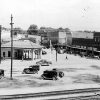
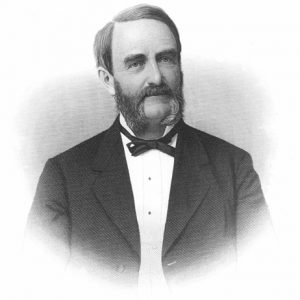 Thomas Allen
Thomas Allen 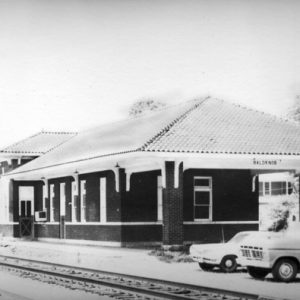 Bald Knob Train Depot
Bald Knob Train Depot 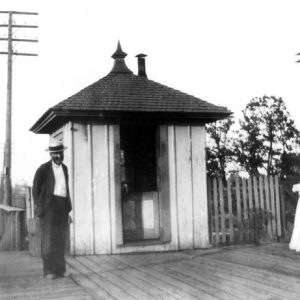 Baring Cross Bridge Tender's Office
Baring Cross Bridge Tender's Office 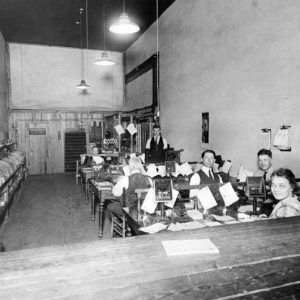 Cairo and Fulton Telegraph Office
Cairo and Fulton Telegraph Office 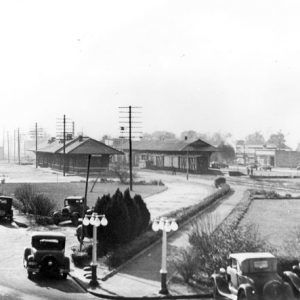 Conway Train Depot
Conway Train Depot 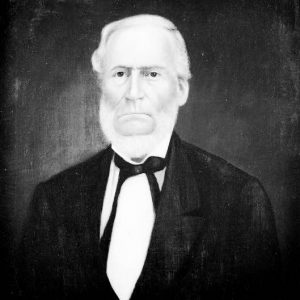 Edward Cross
Edward Cross 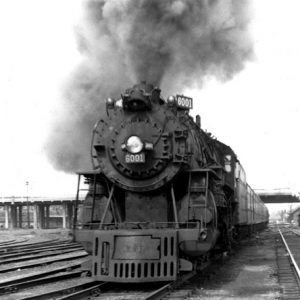 Madam Queen Locomotive
Madam Queen Locomotive 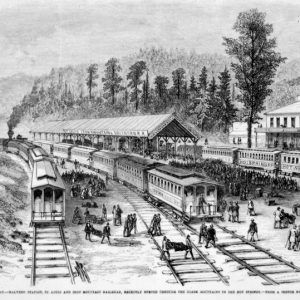 Malvern Railroad Station
Malvern Railroad Station 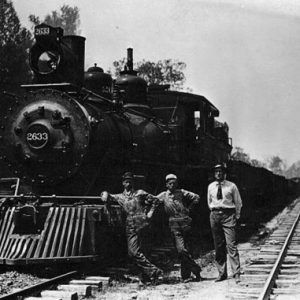 MoPac Locomotive
MoPac Locomotive 




Comments
No comments on this entry yet.